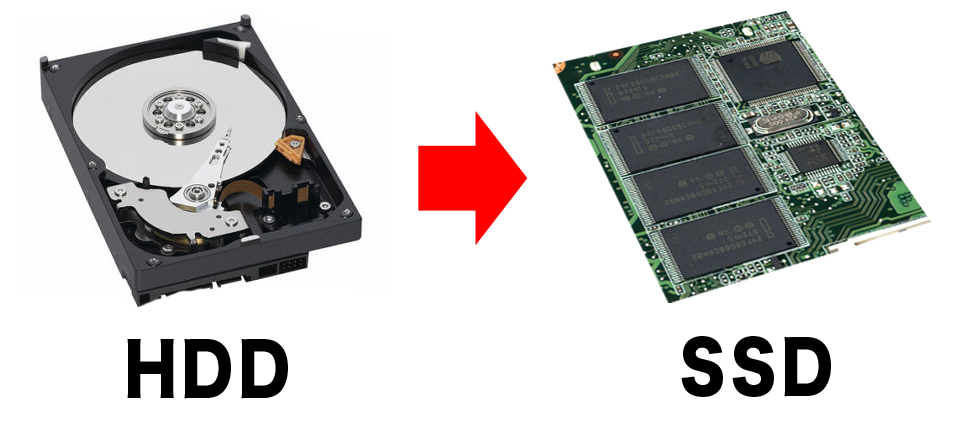SSD or HDD? The Answer Is Hybrid

Hard disk drives (HDDs) were the traditional way to add storage to a server — until solid state drives (SSDs) took over and offered faster performance.
The problem is SSDs have much smaller storage capacity than HDDs. So what is a business to do when it needs terabytes of fast storage? The answer is hybrid. A hybrid storage solution mixes both types of drives into an array to offer large data storage capacities at fast speeds.

Hard disk drive technology has been around for decades. IT enthusiasts with a preference for solid state drives refer to HDDs as “spinning rust.” The technology is old, but HDD storage space continues to grow. HDDs offer several terabytes of storage capacity, and some experts think a petabyte isn’t impossible.
The disadvantage of HDDs is that they are clunky. They are more susceptible to damage and are slower. HDDs have movable parts, which means they are more likely to fail and crash, which means data loss. HDD machinery is basically a hard drive head that sits above magnetic platters. The platters spin at increasingly higher speeds, depending on the technology. The fastest HDDs spin at 15,000 revolutions per minute (RPM).
Solid state drives are the choice for performance. SSDs have no movable parts. Instead, they have a series of microchips that store data even when the power is off. For this reason, SSDs are sometimes called “flash drives.” Because they have no movable parts, SSDs are less likely to crash or fail. The drive’s stability is better for important servers storing critical data.
Although SSDs are far better for performance, SSDs do not have the HDD’s storage capabilities. While HDDs offer up to 3TBs, a 1TB is the latest storage capacity cap for SSDs.
Some providers stack several SSDs in an array to get the storage capacity while still keeping the speed. The problems are the cost and space to store the array. One SSD with less than a terabyte of space is just under $1,000. To supply fast technology based on SSDs, the cloud provider can spend several hundreds of thousands of dollars. That cost is, no surprise, then passed to the customer.
Since both performance and capacity are needed for the enterprise, cloud hosts have adopted a hybrid solution. Hybrids integrate both technologies into an array so they work together to use the flash-style memory with HDD’s movable, large data storage capacity. The drive stores frequently used data in the flash drive section and any non-critical data on the HDD platters. Together, the hybrid offers SSD speed with HDD storage capacity.
These hybrids are also cheaper, so the savings are passed to the customer. The drives not only serve customers with faster speeds, but they also make it easier for a cloud host to offer scalable systems that meet performance standards.
When choosing a cloud provider, it might be obvious which ones use a hybrid over SSD arrays, because of staggering prices. Choose a host that offers a hybrid solution but doesn’t skimp on performance or capacity requirements.
This is a guest post by Jennifer Marsh. Jennifer is a software developer, programmer and technology writer and occasionally blogs for open cloud company Rackspace Hosting.
